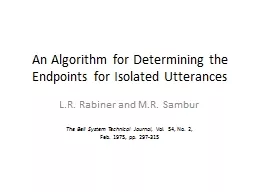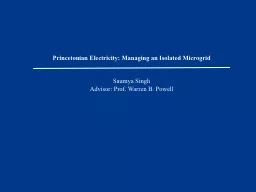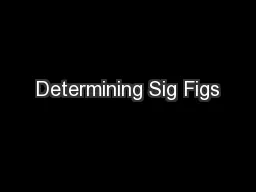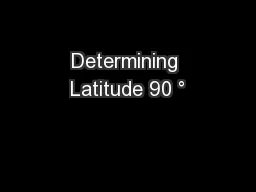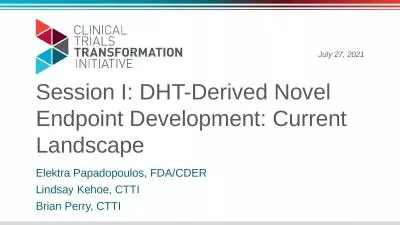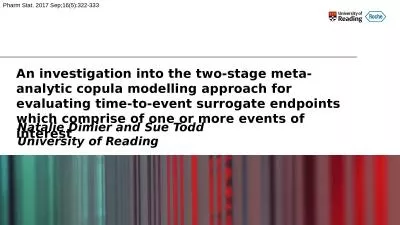PPT-An Algorithm for Determining the Endpoints for Isolated Utt
Author : tawny-fly | Published Date : 2016-08-07
LR Rabiner and MR Sambur The Bell System Technical Journal Vol 54 No 2 Feb 1975 pp 297315 Outline Intro to problem Solution Algorithm Summary Motivation Word
Presentation Embed Code
Download Presentation
Download Presentation The PPT/PDF document "An Algorithm for Determining the Endpoin..." is the property of its rightful owner. Permission is granted to download and print the materials on this website for personal, non-commercial use only, and to display it on your personal computer provided you do not modify the materials and that you retain all copyright notices contained in the materials. By downloading content from our website, you accept the terms of this agreement.
An Algorithm for Determining the Endpoints for Isolated Utt: Transcript
Download Rules Of Document
"An Algorithm for Determining the Endpoints for Isolated Utt"The content belongs to its owner. You may download and print it for personal use, without modification, and keep all copyright notices. By downloading, you agree to these terms.
Related Documents

